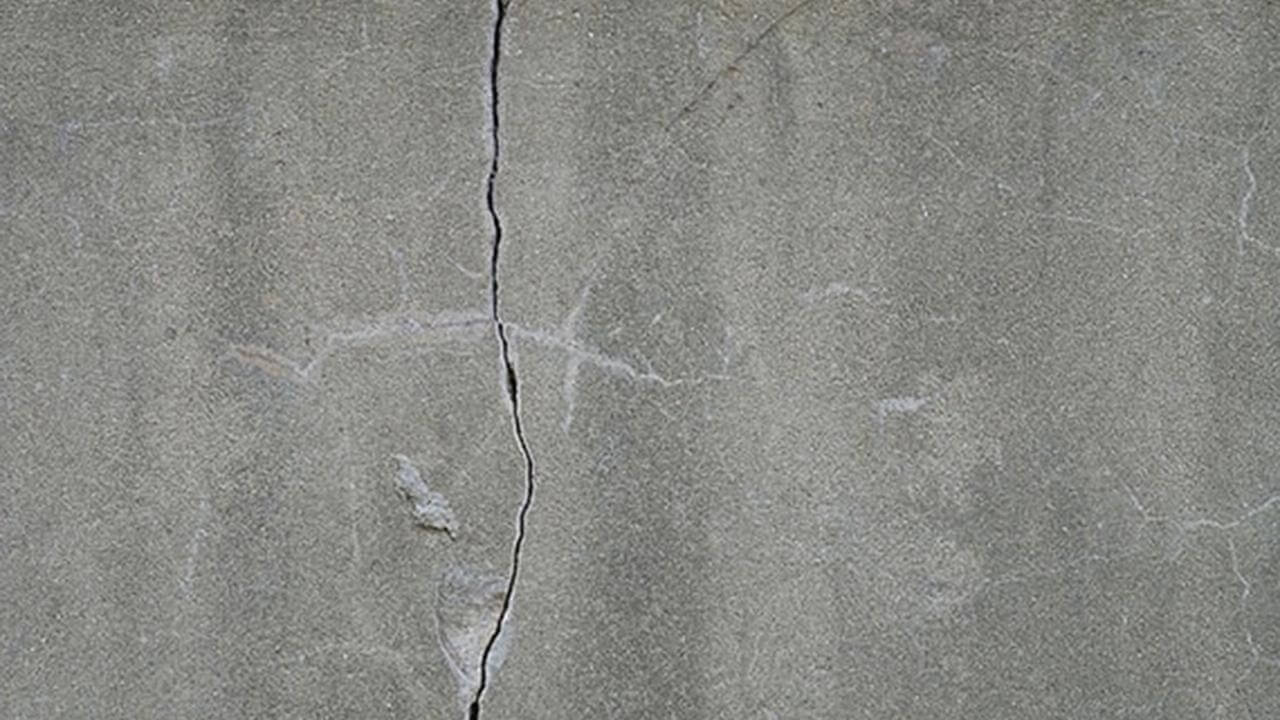Who would have thought that a concrete block could be rendered invisible? Well, with the use of augmented reality technologies, just that has been achieved. By allowing sensing technologies which are capable of face-detection to act as an intermediary, the invisible concrete block system is able to tell exactly where an observer’s line of sight is, in relation to the concrete block. With that information, the system projects images of the surroundings that coincide with that observers perspective — making a concrete block render virtually invisible.
I think that such an augmented reality exhibit is quite inspiring to see because it shows how designers can push certain boundaries by combining a unique recipe between technologies, materials and their own creative talents. For instance, just imagine if within your own building design you are able to take a material that has been thought of (and physiologically perceived) in a certain way for a long time, and then create an alternate or unexpected condition by which it can be experienced. This element of “surprise” is one way for you to elicit certain occupant behaviors, memories and learning experiences.
Materials and the many behaviors which they can manifest temporally is a very interesting thing for you as an architect to explore and push. The key is to first understand how those materials are being perceived, have been perceived and how that might need to change in order to convey a certain message through your architecture. For example, the invisible concrete block might serve to create an illusion within a wall or act as an interactive three-dimensional building feature — where its chameleon abilities might be just the thing needed to create a certain lightness, transient ability and ethereal effect for a space at a particular time of day.
In the end, it is most important that you see building materials for what they are at face value, but also to never stop searching for more on what they can become. As a painter paints with paint, architects often “paint” with materials. As you watch the following video, ask yourself just how creative you can be with your materials — even with the most mundane of ones.
To get you thinking, here is the video of the invisible concrete block exhibit and how it works:
Image Credit: © bittbox | Flickr


